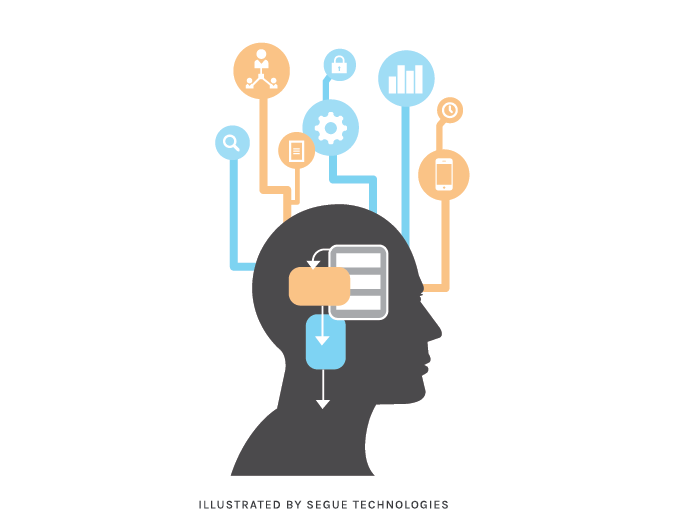Usability is a term that often gets thrown around during development discussions and project planning– but what does it mean in the context of creating applications and why is it so important to include during development?
Obviously, success metrics go beyond making something functional and expecting people to use it. A successful product has to work for its users, and it needs to work well. People don’t have time to click around trying to accomplish certain tasks. The average user takes 50 milliseconds to form an opinion about an online product. Those judgments will shape perceptions and ultimately impact the buy-in you need from prospective clients and customers. While word of mouth travels fast, negative word of mouth travels much faster and more broadly. Bottom line: you can’t afford to develop applications without considering usability.

Usability Engineering
”Usability engineering” is the process of identifying users’ needs to ensure a product can achieve specific goals effectively and efficiently, which results in overall satisfaction and success. To mitigate user issues and ensure your product is working for its intended audience, you need to venture into the world of usability engineering.
Usability is a combination of many factors and theories, but all can be targeted to achieve the goals below:
- Intuitive Design and/or user interface
- Ease of learning
- Efficiency of use
- Memorability
- Error prevention
- User Satisfaction
If these reasons don’t drive the point home, let’s talk about the money. Any product that incorporates a user interface design focus reduces costs in training and support requests after the product has launched. The more usable your application, the less training necessary by those who have to use it. If the application is built around users’ needs, they won’t have to call a help line for assistance. This cuts down on the need for help desk staff and online support models, ultimately saving you money.
User-centered design also reduces the number of maintenance builds and bug fixes that can surface after launching a product. Catching glitches beforehand with user testing can save thousands (or millions) of dollars on development updates down the road. Bias and Mayhew showcase an example of this in their book Cost-Justifying Usability: “By correcting usability problems in the design phase, American Airlines reduced the cost of those fixes by 60-90%.” Investing in usability not only saves money, it also ensures every user’s experience with the product will be a positive one.
And how about revenue? A well-designed application will have increased traffic, conversions, and transactions. These applications will attract and maintain more customers who will purchase more items and spread the word to other potential customers, and so forth.
Getting ahead of the needs of your users and building their goals into the design of any application before it’s developed is vital to the success of your product. Usability engineering is the only way you’ll be able to delve into the user experience and understand your audience. Assuming you want to have a successful product and all the glory that comes with it, you need to include usability engineering into the application development process.
Sources:
- Cost-justifying Usability: An Update for an Internet Age by Randolph G. Bias, Deborah J. Mayhew